Keynote Events
Spotlight Speakers
Ideas that change the world often start with “what if?” During our Day 1 and Day 2 keynote events, you’ll hear from Spotlight Speakers who had the courage to ask that question and answer it—with action. Don’t miss these people whose work is making an extraordinary difference.

Sarah Williams Goldhagen
Author & Architecture Critic
How we build profoundly shapes our feelings, memories, and well-being. How do we harness this knowledge to design and build a better world? Sarah Goldhagen shares her perspective on Day 1.
Sarah is former Harvard professor, award-winning architecture critic, and trailblazing author. Her new book, Welcome to Your World, explores how people experience built environments and how architects, designers, policy makers, and clients can use that knowledge to create more enriching, sociable, and equitable environments.
She is contributing editor at Architectural Record and at Art in America. Her criticism on architecture, urbanism, infrastructure, and landscape architecture has tangibly influenced major urban projects including the south portion of Governor’s Island and the Revson Foundation’s ongoing initiative to promote good design in New York City’s library system.
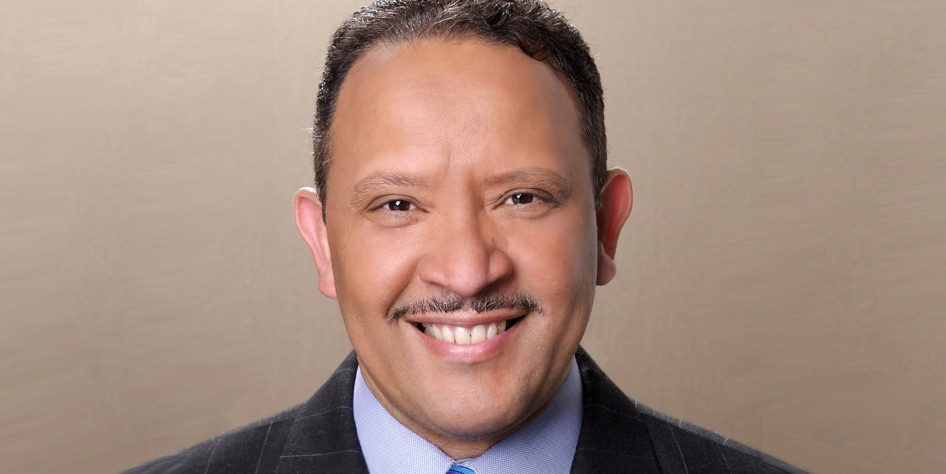
Marc Morial
President & CEO, National Urban League
As our world population diversifies, what impact will it have on the design of our cities? Hear Marc Morial’s perspective during our Day 1 Keynote.
Marc is a leading voice on the national stage in the battle for jobs, education, housing, and voting rights equity. As the president and CEO of the National Urban League, the nation’s largest historic civil rights and urban advocacy organization, Marc is redefining civil rights in the 21st century with a renewed emphasis on closing the economic gaps in communities of color and rich and poor Americans.
Marc has been recognized as one of the 100 most influential Black Americans by Ebony Magazine, one of the top 50 NonProfit Leaders by the NonProfit Times, and one of the 100 Most Influential Black Lawyers in America. He has also been inducted into the International Civil Rights Walk of Fame in Atlanta.

Tamara Eagle Bull, FAIA
Architect & 2018 Whitney M. Young Jr. Award recipient
Tamara Eagle Bull, FAIA, is the first Native American woman in the US to become a licensed architect. Her powerful work helps rectify a built environment in which Native Americans have had little to say and where functionality is often compromised. Hear more during our Day 1 keynote event.
Tammy is the co-founder and president of Encompass Architects, and the executive board secretary at the American Indian Council of Architects and Engineers. She’s also a member of the Oglala Lakota Nation and staunch advocate for the preservation and respectful representation of Native American Culture in tribal nation built environments.
The firm’s numerous projects include the Gila River Indian Community Governance Center in Sacaton, AZ; the Justice Center in Kyle, SD; and concepts for the Oglala Sioux Tribe to create a new memorial at the site of the Wounded Knee Massacre.
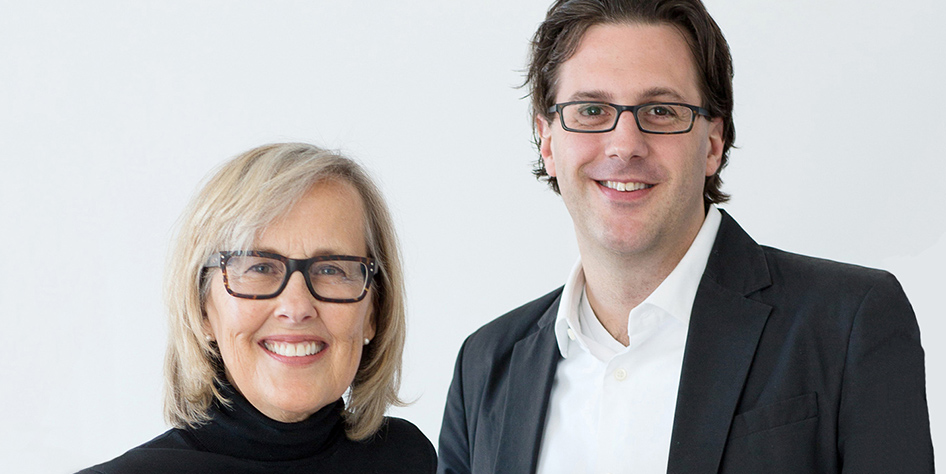
Julie Snow, FAIA, & Matt Kreilich, FAIA
Snow Kreilich Architects, 2018 Architecture Firm Award recipient
For the past two decades, Snow Kreilich Architects has developed a remarkable body of work, investigating what its principals call “architecture’s capacity to transform experience.” Hear more from Matt Kreilich, FAIA, and Julie Snow, FAIA, during our Day 1 keynote event.
Founding principal Julie Snow and design principal Matthew Kreilich push the practice to explore architecture’s transformative ability. More design laboratory than architecture studio, the firm mines each project for its potential for experimentation and material innovation. Every project—from private homes to ballparks to border stations—results in consistently intelligent buildings that are well conceived and carefully detailed.
The firm’s portfolio includes CHS Field in St. Paul, MN; The Lofts at Mayo Park in Rochester, MN; Rosemont Ballpark in Rosemont, IL; and several US Land Ports of Entry.
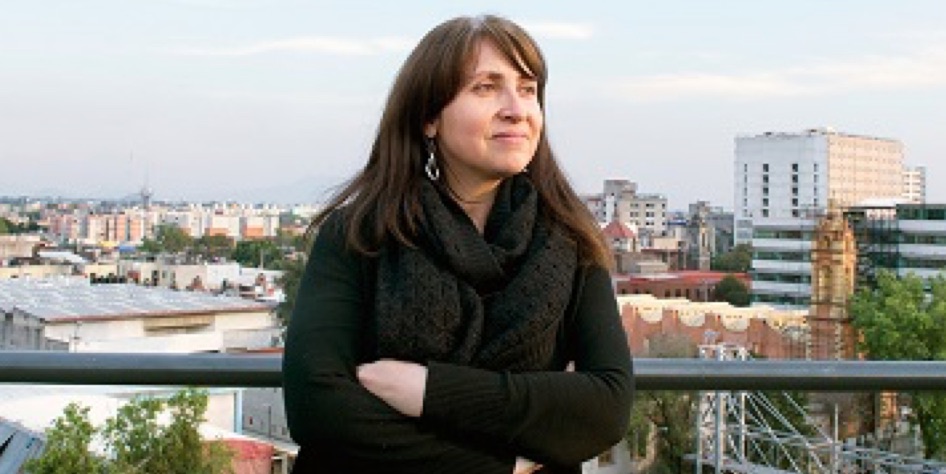
Gabriela Gómez-Mont
Founder, laboratorio Para LA Ciudad
How can urban creativity and civic innovation heal social divisions in a city? Gabriella Gómez-Mont shares her perspective on Day 2.
Gabriella is the founder of Laboratorio para la Ciudad, the government of Mexico City’s experimental think tank. This program is the first of its kind in Latin America. It’s a place to reflect about all things city and explore social scripts and urban futures for the largest megalopolis in the western hemisphere. The Lab also creates important links between civil society and government, constantly shifting to accommodate multidisciplinary collaborations that capture the political and public imagination.
Gabriella is a journalist, visual artist, director, and creative advisor to cities, universities, and companies. She is a TED Senior Fellow, an MIT Director’s Fellow, a Yale World Fellow, and a World Cities Summit Young Leader. She was recently named of the 100 most creative people by Fast Company.
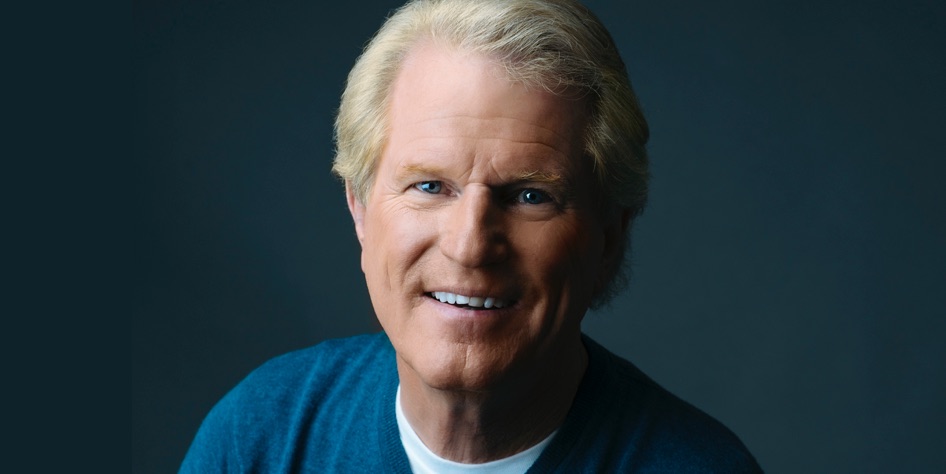
Roy Spence
Cofounder & chairman of GSD&M
Roy Spence has made it his life’s work to connect purpose and make meaningful change in communities and organizations. He’ll tell you how on Day 2.
Roy is the cofounder and chairman of GSD&M, a marketing, advertising, and idea machine. He is the cofounder and CEO of The Purpose Institute, which is singularly focused on discovering the purpose and core values that define an organization’s culture and the difference it makes in the world. In 2018, he founded the Promiseland Project to unleash the power of purpose-inspired marketing and messaging to help bridge the massive cultural divide in America.
Along with Haley Rushing, Roy co-authored the best-selling book, It’s Not What You Sell, It’s What You Stand For: Why Every Extraordinary Business is Driven by Purpose. Roy is also a Gallup Senior Adviser and has been inducted into the American Advertising Federation Hall of Fame.
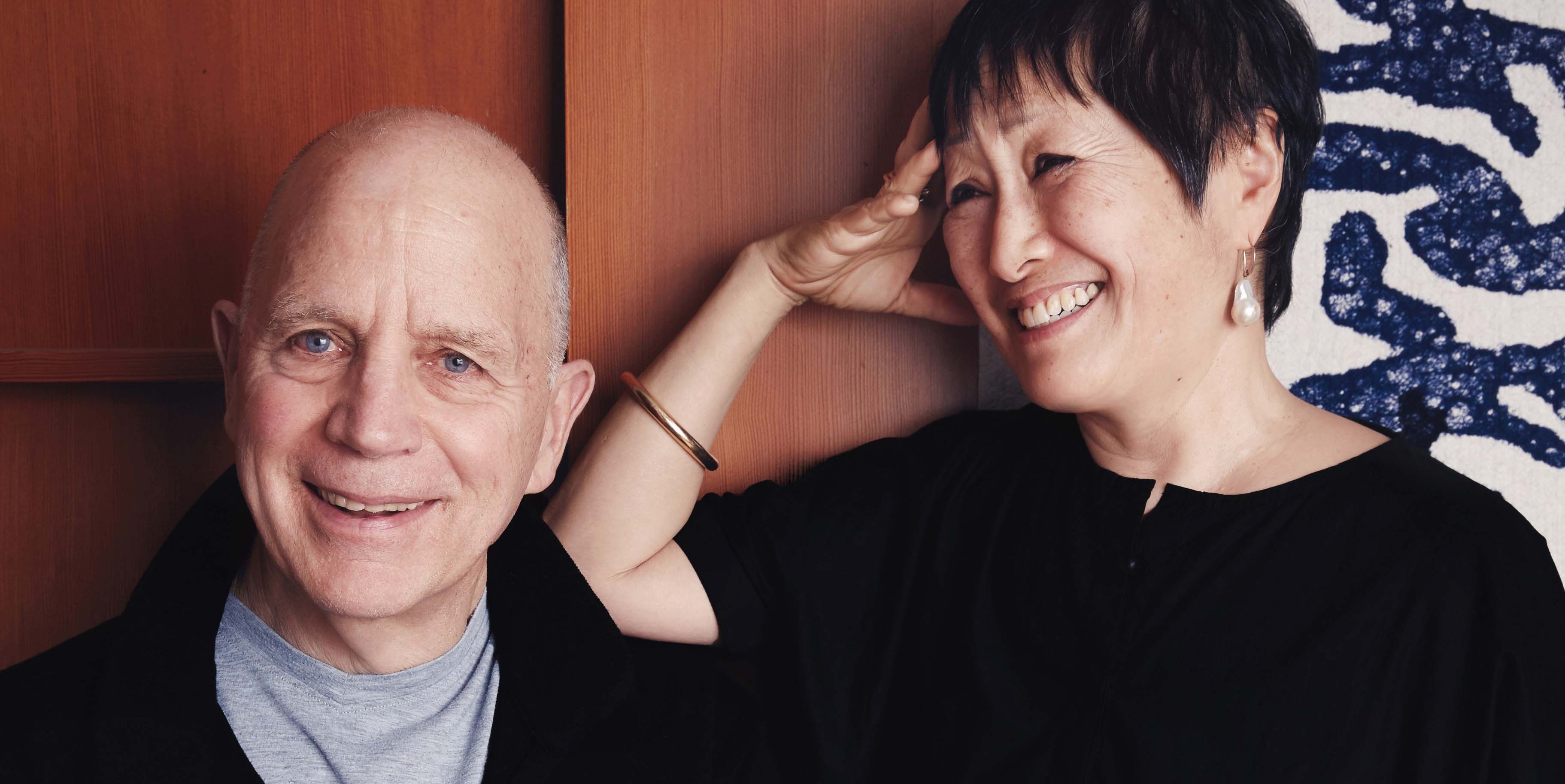
Tod Williams, FAIA, & Billie Tsien, AIA
Founders, Tod Williams Billie Tsien Architects
Tod Williams and Billie Tsien founded their New York architecture office in 1986, focusing on projects that make a difference. Hear how they’ve made it their life’s work to making the world a better place place through architecture on Day 2.
Tod Williams Billie Tsien Architects focuses on work for institutions such as schools, museums, and not-for-profits—organizations committed to benefiting and inspiring their surrounding communities. A sense of rootedness, light, texture, detail, and most of all, experience, are at the heart of what they design. Notable projects include The Barnes Foundation in Philadelphia, Asia Society Hong Kong Center, and Lefrak Center in Prospect Park, Brooklyn. In 2016, they were selected as the architects for the Obama Presidential Center in Chicago.
Over the past three decades, their dedication to this work has been recognized by numerous national and international citations including the National Medal of the Arts from President Obama and AIA’s Architecture Firm Award. Tod and Billie maintain active academic careers and lecture worldwide, and they are dedicated to creating a better world through architecture.
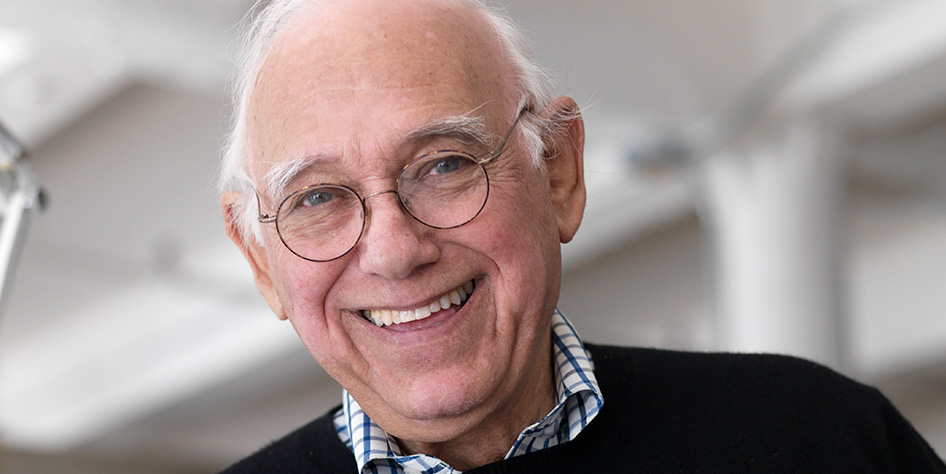
James Stewart Polshek, FAIA
Architect & 2018 AIA Gold Medal recipient
For James Stewart Polshek, FAIA, the true importance of architecture lies in its ability to solve human problems, not stylistic ones. Hear more during our Day 2 keynote event.
James’ 50+ year career has been devoted to pursuing the unambiguous goal of architecture as a healing art. As the founder of a highly decorated firm known for it’s human-centered, inspiring design solutions, James has tackled vital projects including the National Museum of American Jewish History (2010), the Newseum/Freedom Forum Headquarters (2008), the William J. Clinton Presidental Center (2004), and the restoration and renovation of Carnegie Hall (1987).
While leading one of the nation’s most recognized firms, he was also the dean of Columbia’s Graduate School of Architecture, Planning, and Preservation from 1972–1987, where he completely revamped the school’s curriculum, faculty, and path forward.
